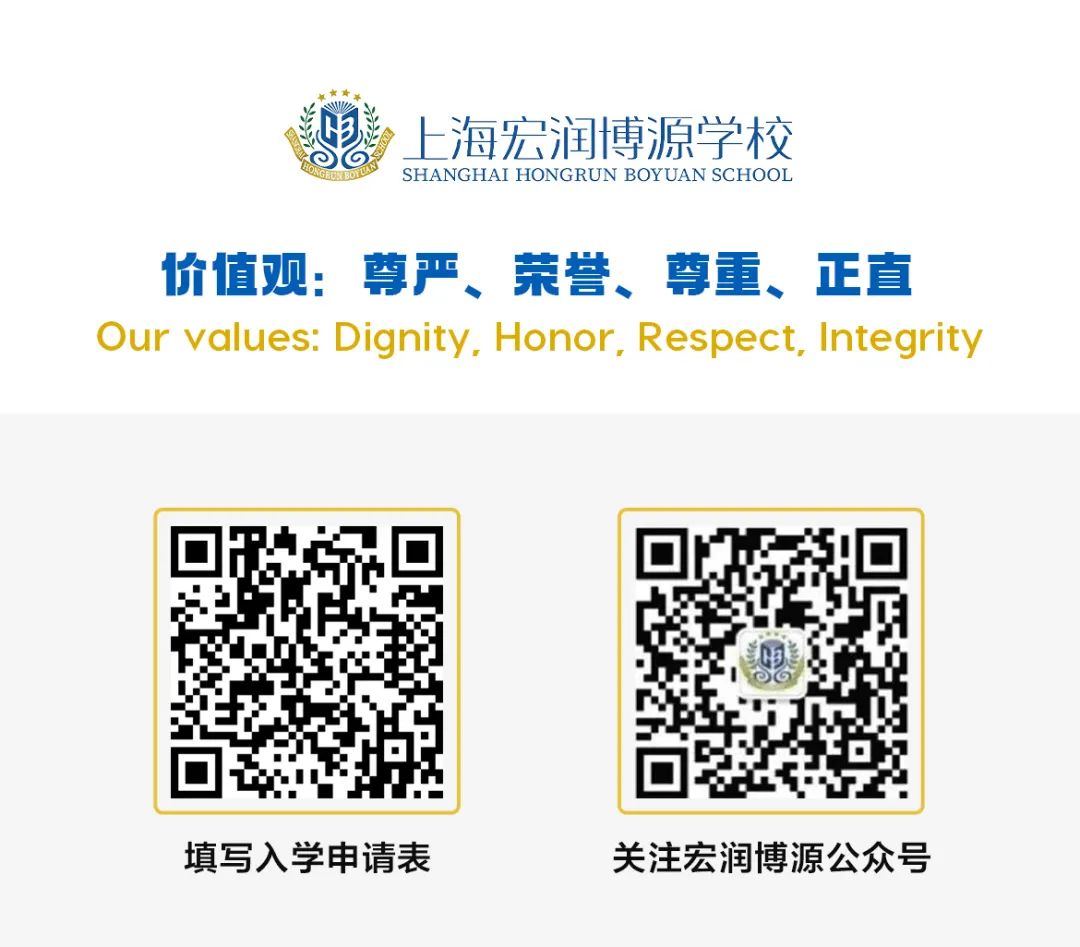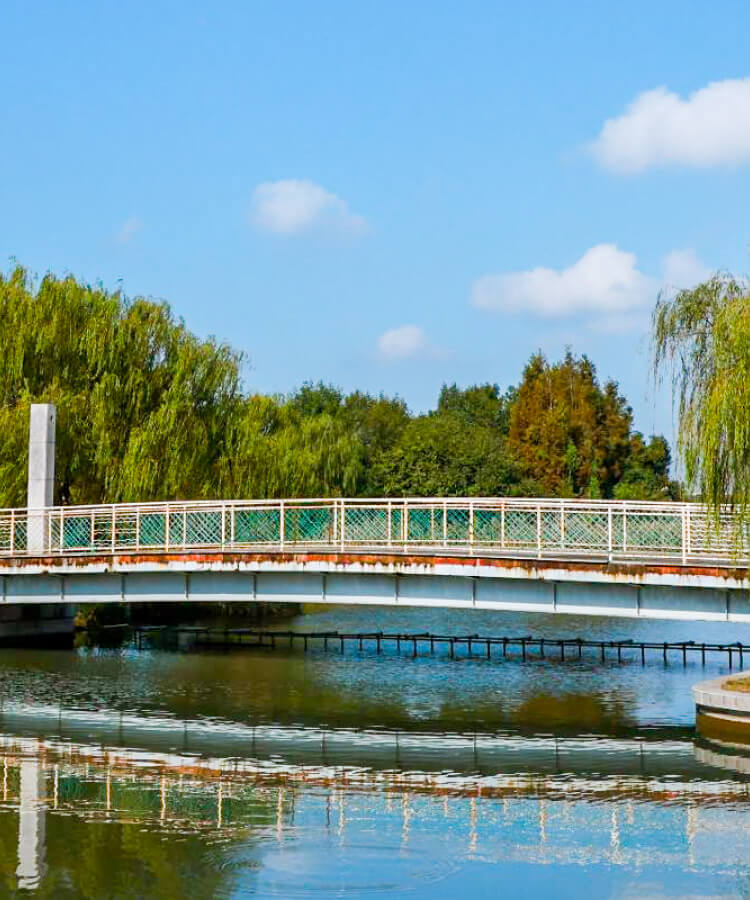- 2023-03-27
- 浏览量:1858

编者按Editor's note:
人工智能的快速升级迭代迫使我们不断去思考怎样的教育才是面向未来的,我们有一点儿可以确定,就是要带孩子真正去看世界,拓展他们的思维,将学校里学习的知识和技能与现有的实践结合起来。
The rapid evolution of Artificial Intelligence forces us to keep thinking about what kind of education is future-oriented, and one thing we can be sure of is that we need to take students out to see the real world so that they can broaden their horizon and put what they learn in a real context.
建设上海是宏润博源学校一年一度的为期一周的全校PBL学习项目。在建设上海周里,宏润博源的学生走出教室,走进上海这座神奇的城市,做调研,参观企业,与来自上海和世界各地的学者和专业人士对话,向从事不同工作的人们提问,以便更好地理解他们在学校的学习是如何与现实世界的挑战相关联的。
Building Shanghai is a series of week-long PBL projects. During this week, SHBS students walk out of the classroom and into the wonders of Shanghai to do research, visit businesses, talk to scholars and professionals from Shanghai and around the world, and ask people of different jobs questions so that they can better understand how what they’ve learned at school relates to real-world challenges.
今年的建设上海在3月27日这周举行,全校师生共同开展了十几个PBL学习项目,今天一起来看看未来公共交通小组的学习之旅吧。
"Building Shanghai" started on March 27, Monday, this year. All teachers and students worked together and carried out more than a dozen PBL projects. Let's look at what the “Transit Future: Shanghai and its Suburbs”group did during this trip.
未来公共交通小组
Transit Future: Shanghai and its Suburbs
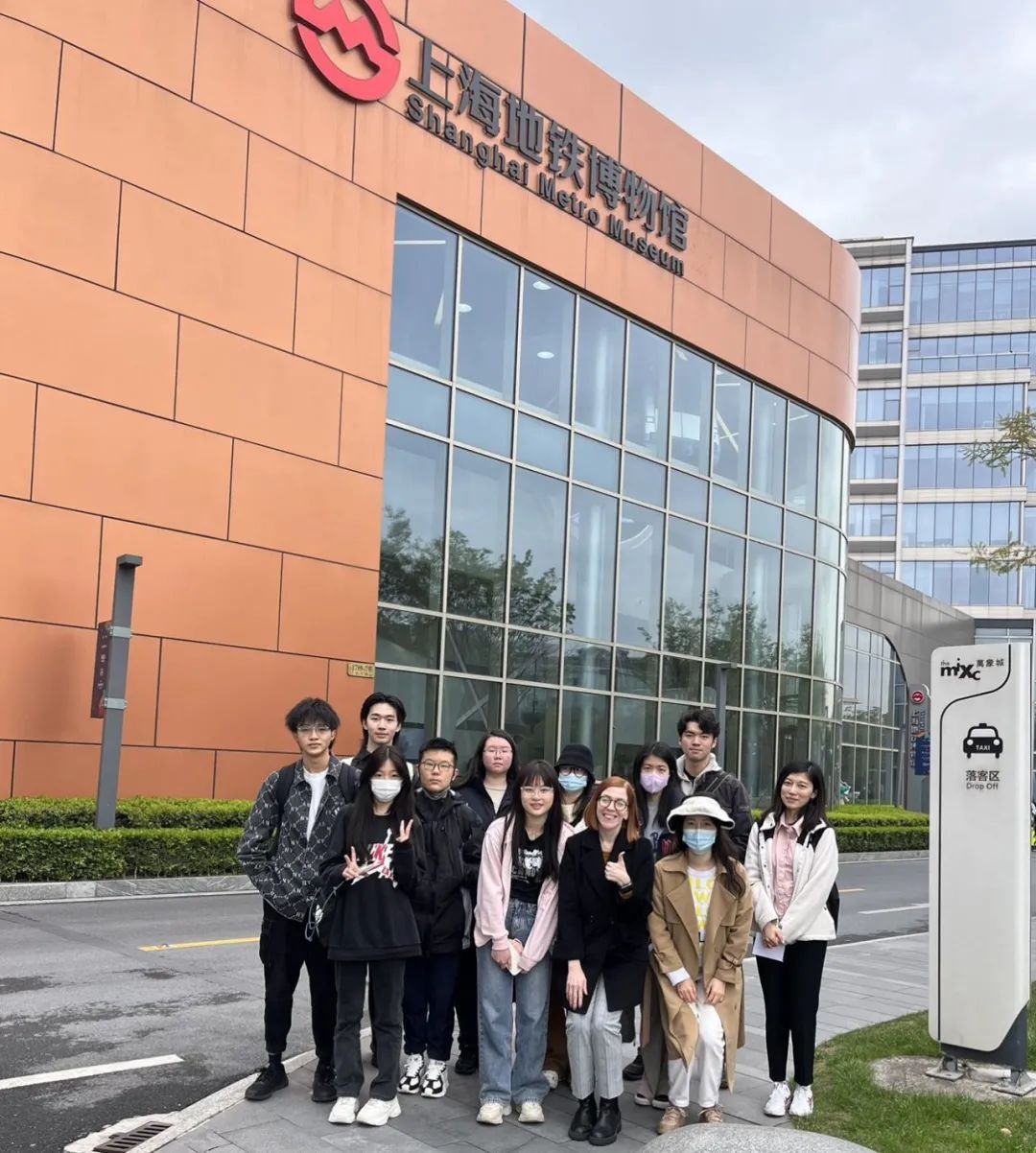
作为常住人口近2,500万且总面积达6340.5平方千米的超级大都市,上海是如何管理其庞大的公共交通系统,并不断将其更新迭代的呢?如果要进一步在长三角区域发展中发挥龙头带动作用,上海又该如何进行交通规划呢?交通发展也可能会带来负面影响吗?该如何看待交通与经济和文化的关系?
With a permanent population of nearly 25 million and a total area of 6,340.5 square kilometers, how does Shanghai manage its massive public transportation system and keep updating it? If Shanghai is to further play a leading role in the development of the Yangtze River Delta, how should it carry out transportation planning? Could transportation development also bring negative impacts? How should we view the relationship between the development of transportation and economy and culture?
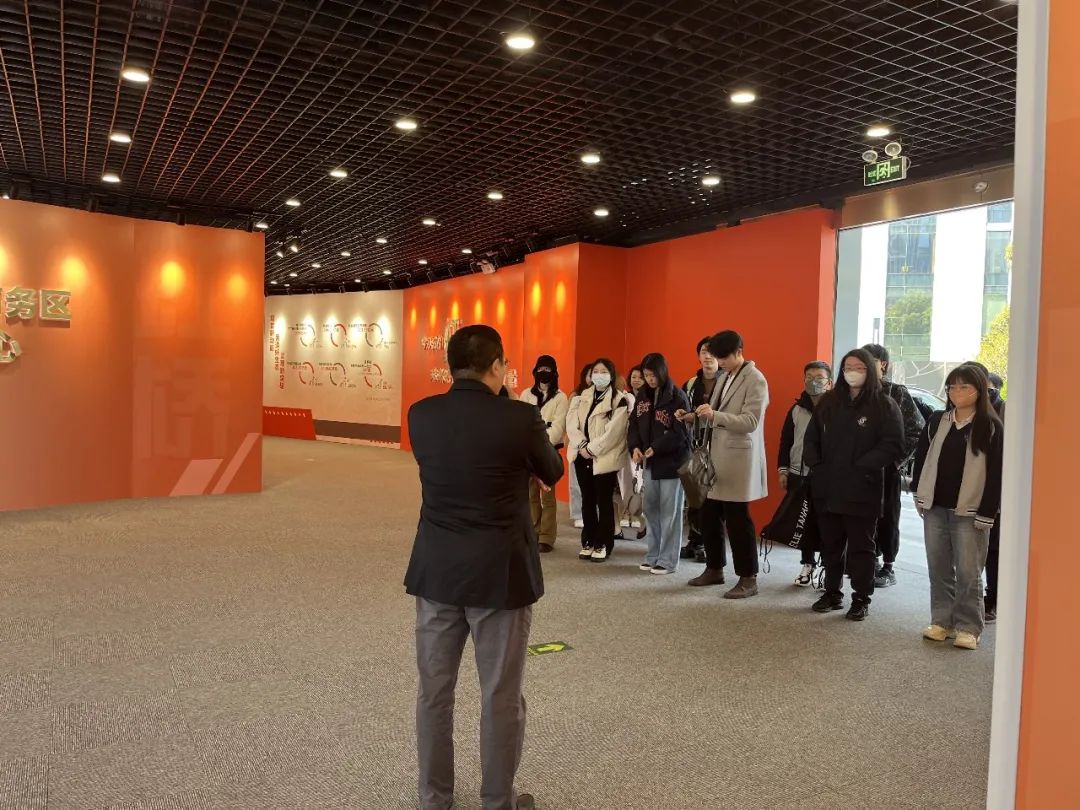
带着以上种种问题,公共交通小组的同学们参观了虹桥国际中央商务区展示中心。听了负责人的介绍后,同学们不禁赞叹政府部门的高瞻远瞩,敬佩城市规划师和交通设计师的大胆创新,也了解到一个交通枢纽是如何发掘其战略地位,找到其合适的定位,才能带动周边的经济,成为一个具有全球影响力的现代商务中心。
Bearing the above-mentioned questions in mind, the students of the TransitFuture Group visited Hongqiao Hub CBD Display Center. After listening to the introduction, the students could not help but admire the foresight of the government and the bold innovation of urban planners and transportation designers, and they got to know how a transportation hub can explore its strategic position and find its proper positioning, so as to boost its surrounding economy and become a modern business center with global influence.
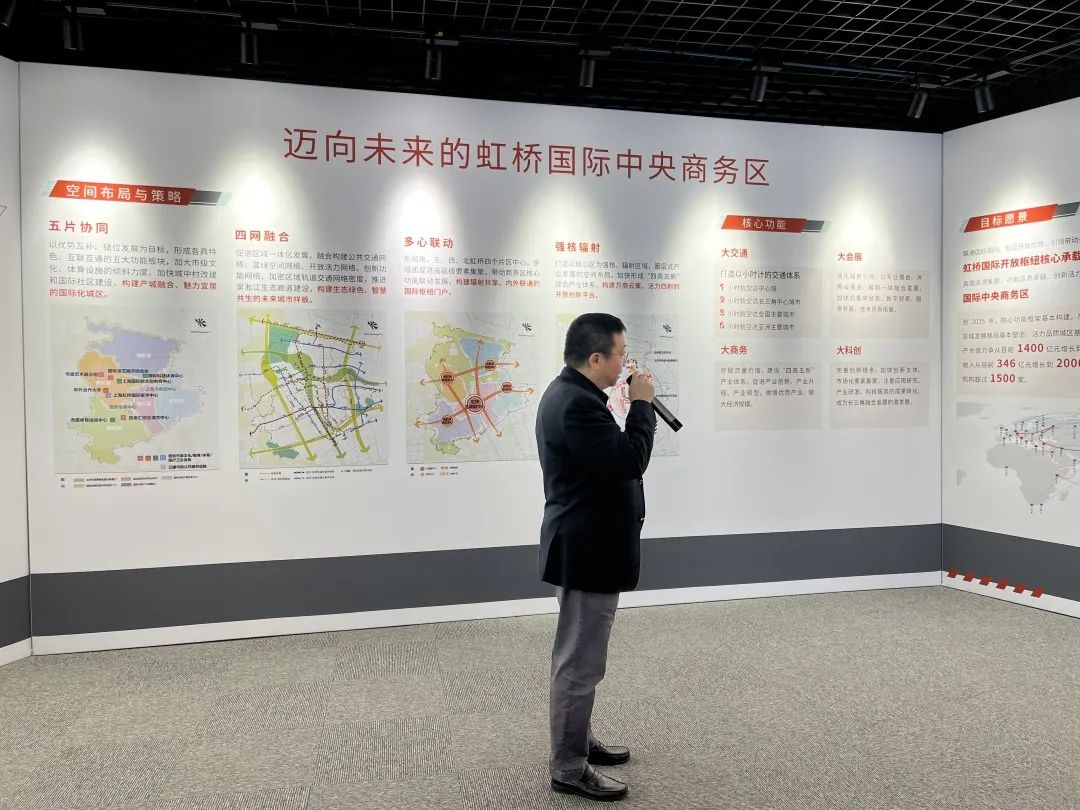
通过对话复旦大学社会发展与公共政策学院的于海教授,同学们了解了过去30年上海城市空间的规划, 以及该如何在经济发展与文化保留间取舍。同学们跟着于教授的思路从上海城市规划出发,探讨全球化发展中上海的方方面面。余教授用几十年的学术研究为同学们搭建了一幅磅礴的城市建构和发展蓝图,也让同学们明白了扎实的底层逻辑思维能力和思辨力的重要性。
Having talked with Professor Yu Hai from the School of Social Development and Public Policy of Fudan University, students learned about how Shanghai's urban space has been planned over the past 30 years and how to balance economic development with cultural preservation. Professor Yu began with with the urban planning of Shanghai and discussed various aspects of Shanghai in the global development with the students. Having done decades of academic research, Professor Yu built a magnificent blueprint for urban construction and development for students, and also made students realize the importance of having solid underlying reasoning and critical thinking skills.
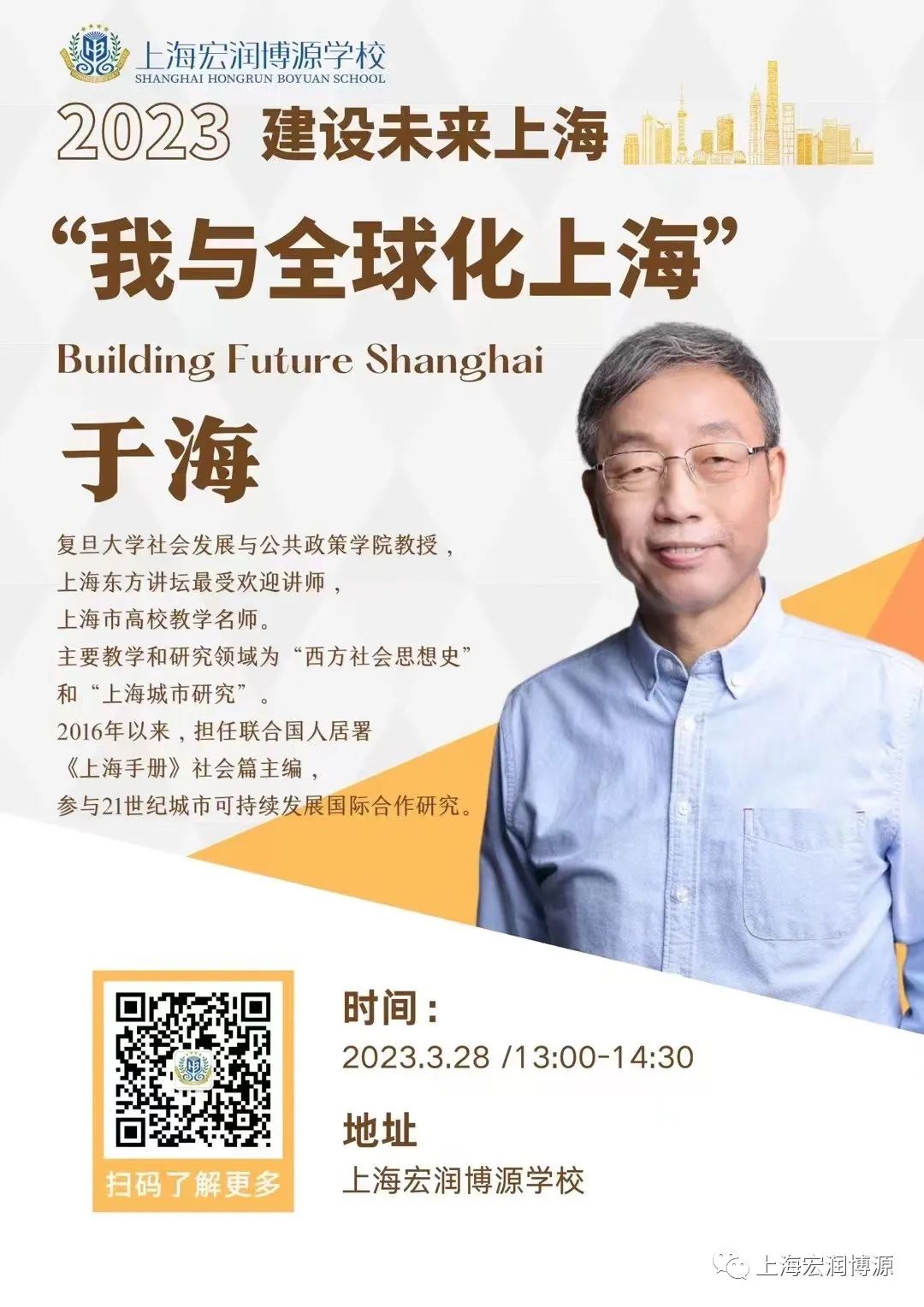
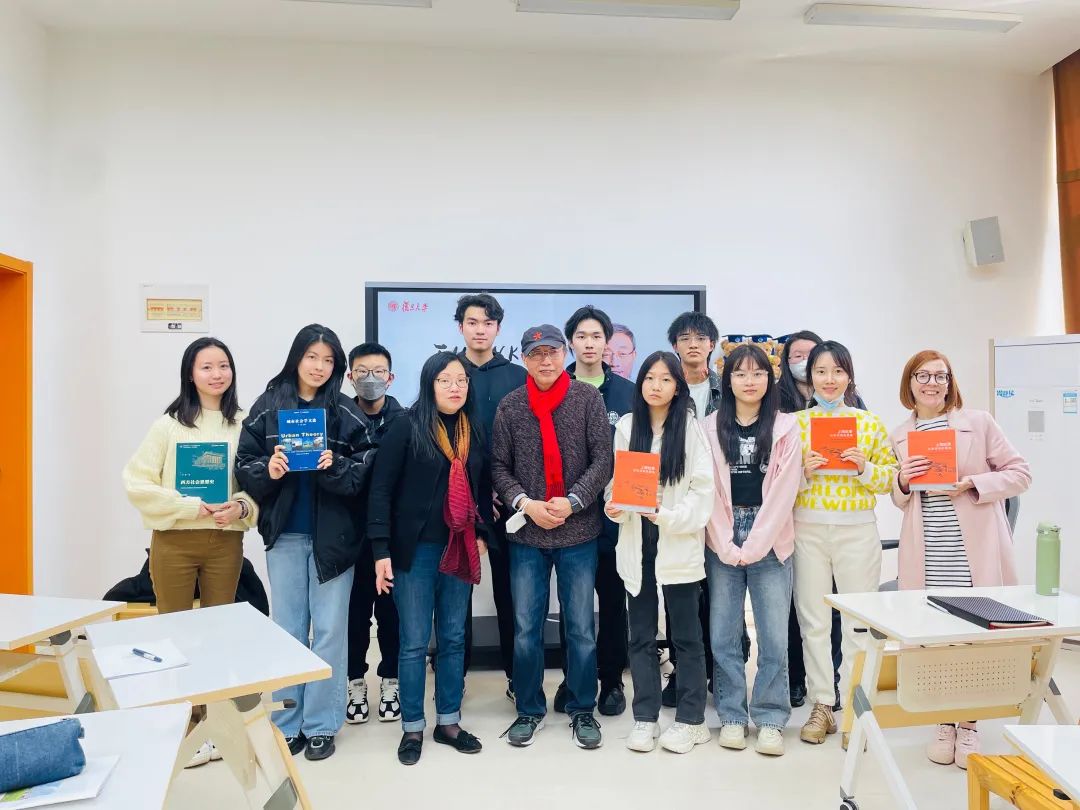
同学们也参访了上海地铁博物馆,每个展区都有详细的介绍和图文资料以及模型,帮助同学们深入了解上海地铁的发展历史、技术特点和运营管理。
Students also visited Shanghai Metro Museum. There were detailed introduction, graphic materials and models in each display area, which helped students have an in-depth understanding of the history, technical features and running of Shanghai Metro.
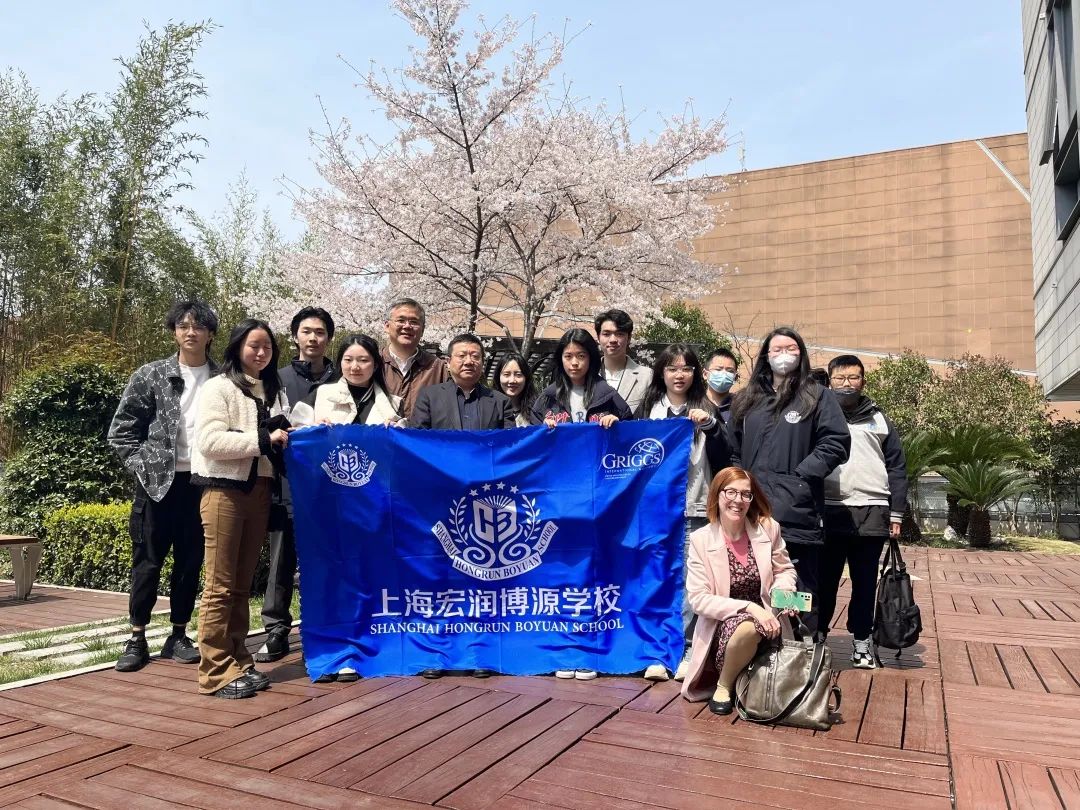
最后,同学们分为三个小组,分别从过去,现在与未来三个角度呈现了上海交通的发展与经济、民生之间的关联,并以展览的方式呈现我们一周的收获。
Finally, the students were divided into three groups. They presented the relationship between the development of Shanghai's transportation, economy and people's livelihood from the perspectives of the past, the present and the future respectively. Thus, we presented what we had learned in the past week in the form of exhibition.
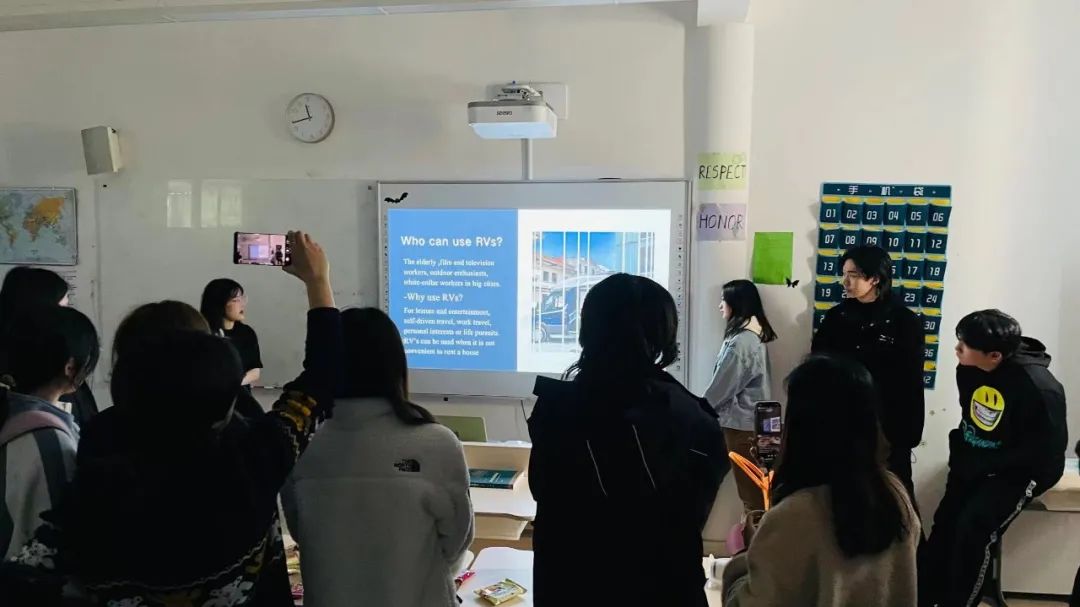
接下来,让我们一起来倾听小组成员代表徐同学的项目感悟吧!
Next, let’s read what Sean Xu, one of our group members, had to say about the project on behalf of our group.
徐同学自述
An account in Sean Xu’s own words
通过这一周的紧密行程和深入调研,我深刻地认识到交通和经济的发展息息相关,互相促进。人类发展交通的最初目的是以更短的时间来到达目的地,这也自然带来了不同社群之间更紧密的联系,经济和文化的交流发展也就随之而来。同时,区域经济的发展又会创造更大的通行需求,这又成为了反哺交通的因素。从这个角度来看,经济和交通的繁荣是处于一个螺旋上升的关系中。然而,这样的繁荣是否有其背后的代价呢?
Having done in-depth research by following a hard schedule in the past week, I have deeply realized that transportation and economic development are closely related to each other and they support each other. Mankind’s original purpose of developing transportation was to get to the destination in a shorter time, which naturally led to closer ties between different communities and the development of economic and cultural exchanges. Meanwhile, the development of regional economy will create more demand for travel, which becomes the factor further boosting traffic. From this perspective, the prosperity of economy and transportation is in a spiraling relationship, but has this boom come at a price?
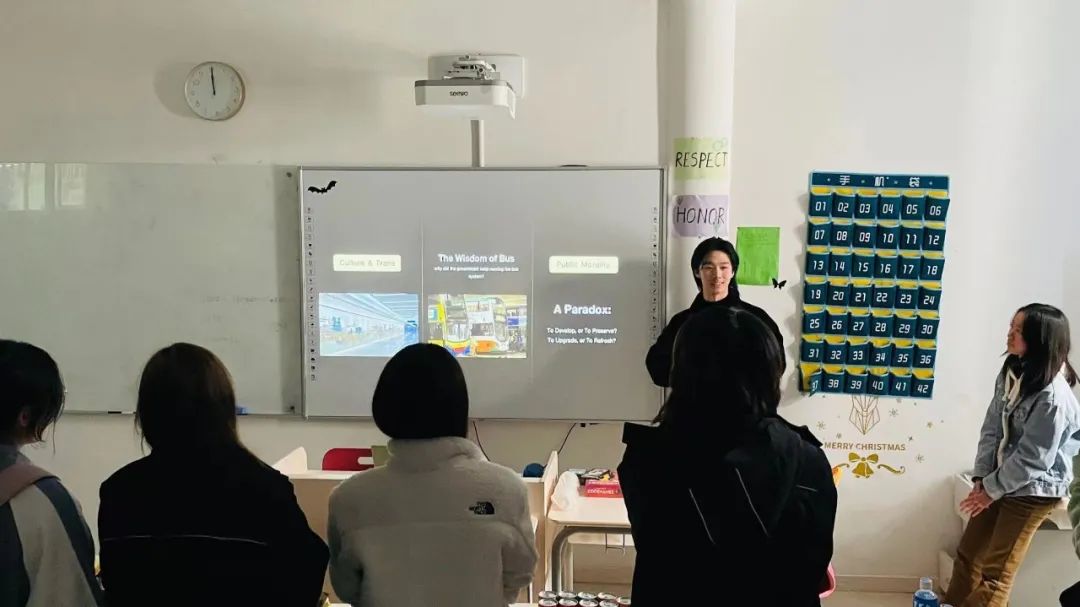
近年来,越来越多的人开始把目光从经济发展转向精神上的自我实现,开始寻求精神上的富足,也越来越重视文化保护。
In recent years, more and more people have shifted their eyes from economic development to spiritual self-realization, and have begun to seek spiritual abundance. They also pay more and more attention to cultural preservation.
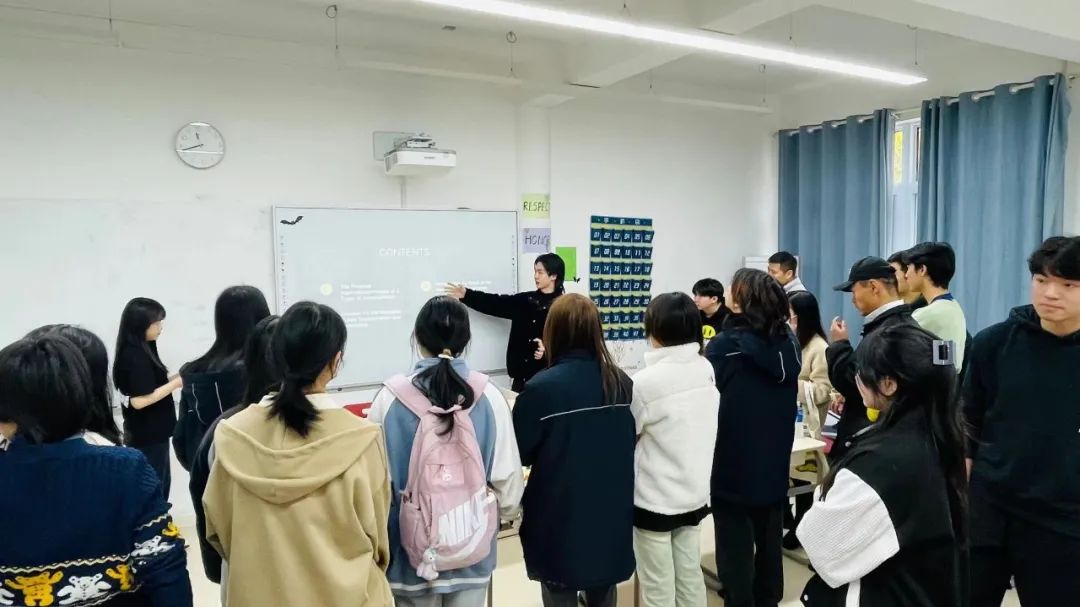
有时,交通发展确实会冲击到历史文化。比如,在进行交通建设时,很难避免对基建路线上的历史性住宅、老街、甚至历史文化遗产带来负面的影响,甚至是一定程度上的破坏。可以说这是对于一部分历史记忆的消除。虽然交通发展了,沿线的经济更繁荣了,但那些从小生活于此的人们再也找不到这样一个承载他们往昔回忆的地方了。这是一种对于人文记忆的伤害。
Sometimes, the development of transportation does impact the history and culture. For example, while implementing construction on transportation, it is difficult to avoid negative impact on historic houses, old streets and even historical and cultural heritage along the infrastructure route, or even damage may be caused to a certain extent, thus erasing part of the historical memory. Although transportation has improved and economies along the route have become more prosperous, those who grew up there will never again find such a place to carry their memories of the past. This will do harm to the humanistic memory.
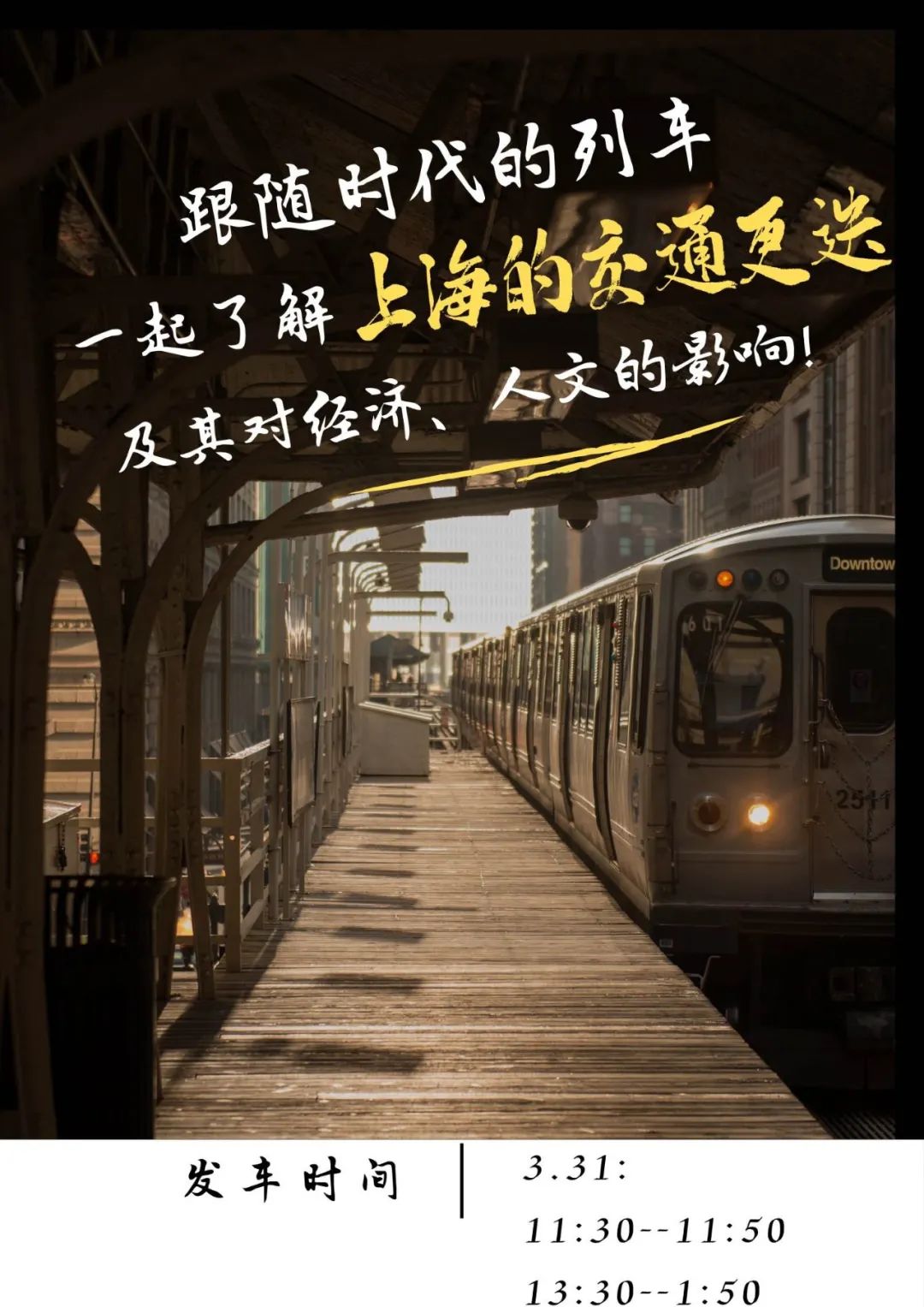
不过,好在政府在发展交通时也会重视对文化的保护。比如,上海的一些地铁站将中国风的元素融入到地铁站的建设里。既然如此,我们是否可以进一步思考:能否让交通成为文化传播与刻印的载体呢?
However, the good news is that the government will also pay attention to the preservation of culture when developing transportation. For example, some subway stations in Shanghai have incorporated elements of Chinese style into their construction. In this case, should we further think about whether we can make transportation the carrier of cultural transmission?
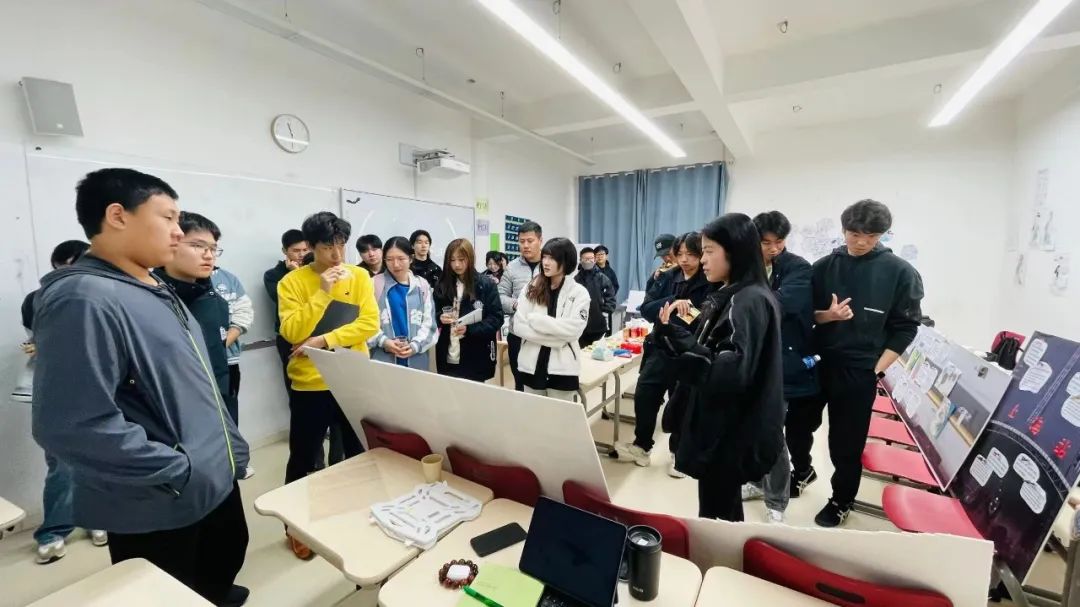
当我们拜访虹桥国际商务区的官员时,我问了他一个问题:现在上海主流的市内交通体系,既有巴士,又有地铁。好像这两个交通方式的功用是重叠的。总的来说,地铁是更加便捷、快速的。那么为什么我们还要保留巴士这种交通方式呢?他给我的回答是非常具有启发性的:我们不应该首要把巴士理解成是一种交通工具,而是一种人文情怀的载体。
When we called on an official at the Hongqiao Hub, I asked him a question: The mainstream urban transportation system in Shanghai now consists of both buses and subways. It appeared as if the functions of the two modes of transport overlapped. In general, the subway is more convenient and faster. So why do we need to keep buses? The answer he gave me was very enlightening: we should not view bus first as a means of transportation, but as a carrier of memory and humanistic care.
对于老一辈的人来说,巴士作为主流交通工具可能占据了他们人生中的三四十年,甚至更久。在这样的背景下,巴士已经不仅仅是一种交通工具,而是真正作为记忆的承载。这种人文关怀令我震撼。
For the older generation, the bus may have been the mainstream mode of transportation for 30 or 40 years or more. Under such circumstances, bus is not only a means of transportation, but acts really as the bearer of our memory. I was impressed by this humanistic concern.
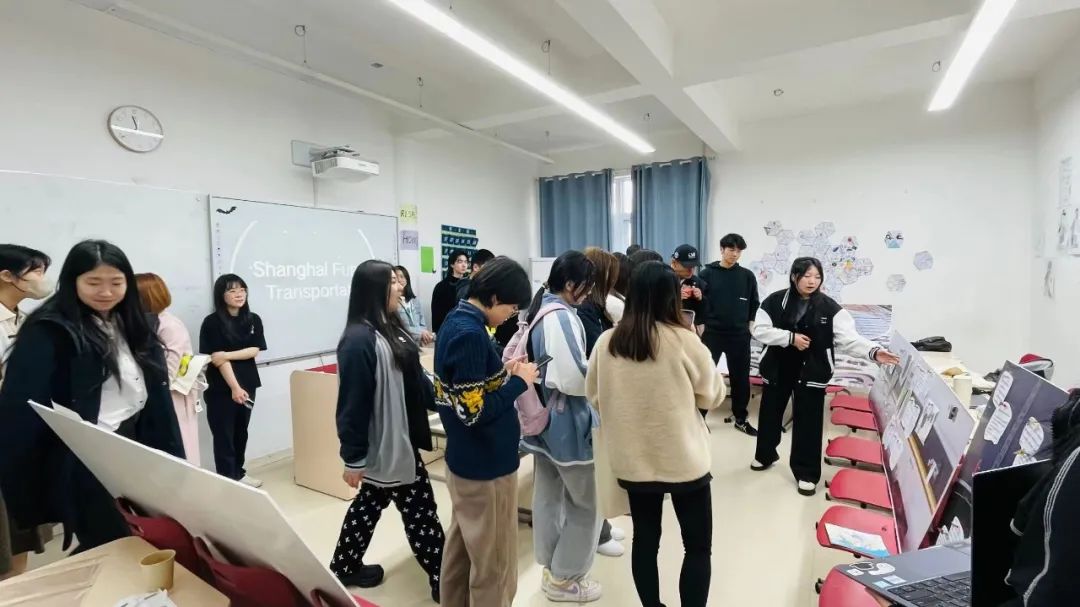
综上所述,我认为未来交通的发展会有两个中心,首先交通和经济的融合发展必然是长期的趋势。同时,我们也要去探究如何最大程度上减少交通发展对历史文化与人文记忆造成的损害。我猜想未来的交通设施建设中将会融入更多的文化因素。同时,在规划和建设过程中也会秉持更多的人文关怀,尽量保留文化遗迹。纵使这意味着增加交通发展的经济成本,但它保留了文化层面更为宝贵的财富。
To sum up, I think we will focus on two things in the future to develop transportation. First, the integrated development of transportation and economy is bound to be a long-term trend. Meanwhile, we should also explore how to minimize the damage caused by transportation development to historical culture and memory. I suppose that the future construction of transportation facilities will incorporate more cultural factors. In the meantime, we will also devote more humanistic care to planning and constructing transportation, and preserve as many cultural relics as possible. Even if this means increasing the cost of transportation development, it will help retain more valuable cultural wealth.
END
文 | Sean Xu (G12) & Chuman
翻译 | Dawn
排版 | Jang
上海宏润博源学校

